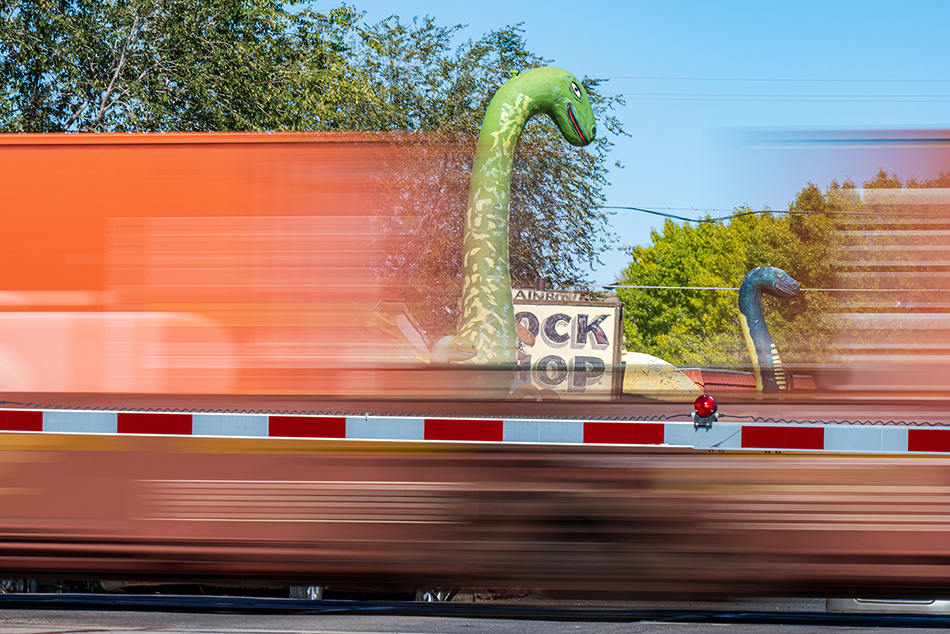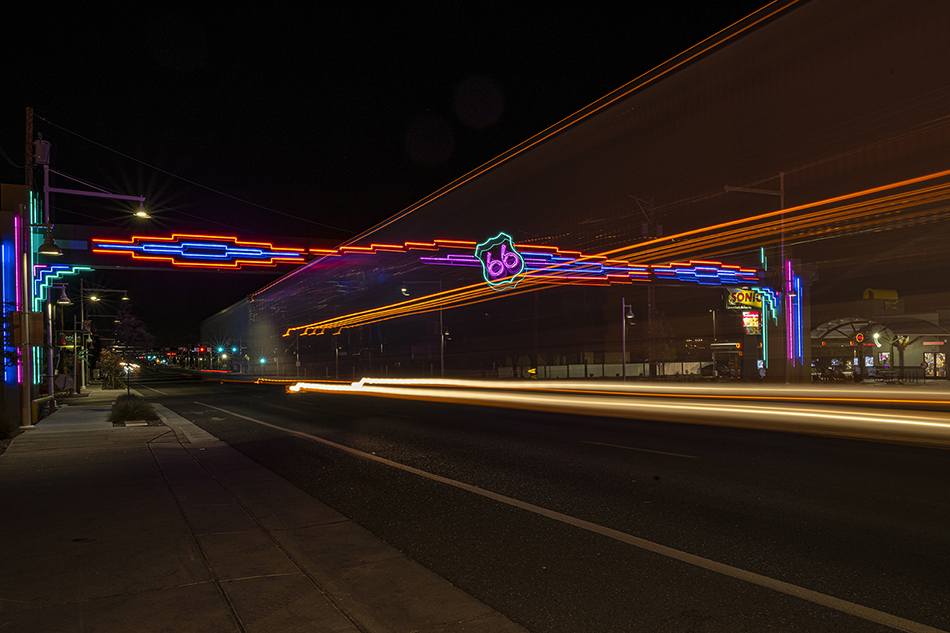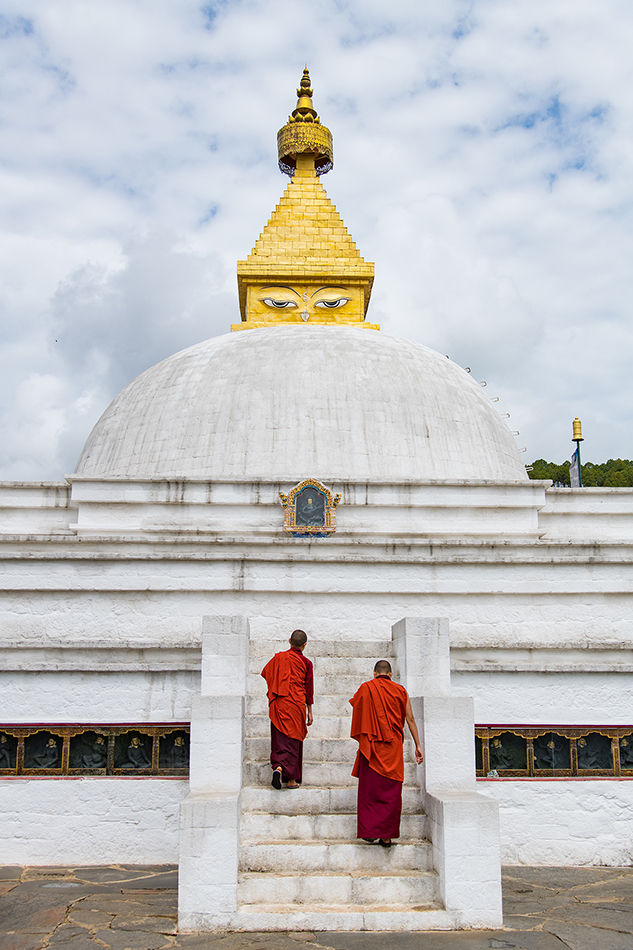
As photographers we are all trying to create better images. We refine our camera technique, go to exotic locations and buy new photo gear (yes, technology helps!)…all of these things can improve our photography. I think the best way to create better photos is really simple….just get out and photograph a lot. The more time in the field taking pictures, the better your odds of creating a fantastic photograph. Today more than ever we are bombarded with photos from all angles, so to stand out, we need to really try hard to create an image that resonates with the viewer. It could be emotional, original or graphic. And one technique that will help you create better images is previsualization.
What is previsualization? It is considering the scene, subject and light, and imagining how they could come together to make a striking photograph. Not just taking a quick shot, but really thinking about the scene, and what might be instead of what is. I may come upon a beautiful scene, subject and light, and create a nice photograph…this is where spending a lot of time in the field helps. But if I previsualize a scene that isn’t striking at first glance, I may make an equally compelling shot.

Here is a simple example. Last week I was teaching a photo workshop on Route 66, and a big focus were roads and neon. In Albuquerque there is a beautiful neon arch that Route 66 goes under. During the day the arch neon is turned off, the traffic is busy and congested, and this is not a place you want to photograph. But we visualized what the image could look like. Photographing in the dark, the neon sign would be illuminated, and using long shutter speeds we could capture cars driving past creating streaks in the image. Previsualizing even further, we imagined a semi truck or large vehicle with lights higher off the roadway….how would this render? The photograph above is the result.

Here is another example of previsualization. On the Oregon Coast I found this interesting rock formation on the beach. At sunset the rock looked interesting, but I wondered how it would look after sunset. I wanted to have softer light and more shadow detail. But here is the interesting thing. When I took this image, the sky barely had any color…it honestly looked past prime for photography. But there was a slight tint on the horizon. I knew that even though I didn’t see much color, my camera would record a lot of color during a 2 minute exposure…the light would build into the shot (similar to photographing northern lights). You have to be able to visualize how this might look, or you would walk right past the scene.
Wildlife photographers and journalists use previsualization in the form of anticipation. A news journalist can’t manipulate his subjects in the frame, but a journalist can anticipate where an event will happen or a subject will walk. Wildlife photographers set up blinds visualizing or anticipating where an animal might walk or fly. While they can’t control the subject, if they are in the right place anticipating the shot, they can get terrific photos.

Bhutan.
As a travel photographer I am not bound to journalistic ethics, so I can orchestrate scenes to create a better photograph. In Bhutan we walked past this beautiful temple. Nice photo, but pretty static. We then asked a few monks to walk up and down the stairs. We previsualized an iconic image from Bhutan, and this required the human element….Buddhist monks in bright orange walking into the temple.

How does this help your photography? Previsualization is used in bringing your photographic vision to life. We can all take quick photos of things we find along the way, and some may be great images. But I encourage you to take it a step further. Imagine how an image might be, and how you could create it. When will the light be good? What is interesting in the image? What techniques can you use to create a more compelling image? In the shot above we were photographing dinosaurs at a well-know rock shop on Route 66. I liked this image, but wondered what else the scene might offer.

Suddenly a train came past, and I previsualized a totally different image. I could shoot at a slower shutter speed to blur the train, and if my timing was right, I could capture the dinosaur heads peaking through the blur of the train cars. I shot about 50 images, and only one worked. But using previsualization, I imagined a shot that was graphically interesting and unique for the scene. The next time you are wondering about how to create a stunning photograph of a scene, imagine what could be, and not necessarily what is in front of you. You might just envision an image no one has seen before.